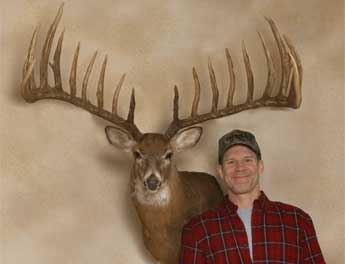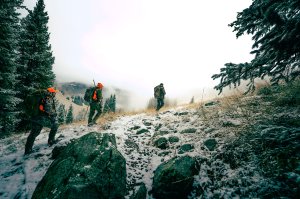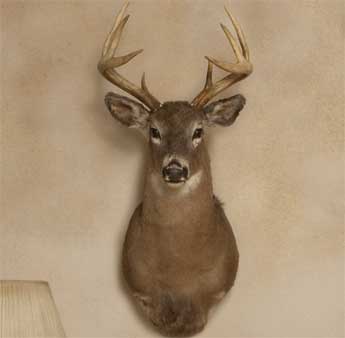
Led by the famed Pike County, the state boasts 107 bucks taken since 2000 that scored 170 or more, with 5 of them breaking the 190 mark. 2. Wisconsin
Superior genetics and abundant cropland have made Wisconsin home to 13 of the top 50 counties for B&C; typicals since 2000. 3. Iowa
With access protected by a strict draw system and relatively short seasons, Iowa is home to 7 of the top 50 counties for typicals. 4. Saskatchewan
Home of the current world-record typical, many believe the vast land and abundant food make the province ripe for another. 5. Alberta
Though Alberta doesn't receive the fanfare Saskatchewan gets, its deer have the same strong genetics and terrain in which to grow. Outdoor Life Online Editor
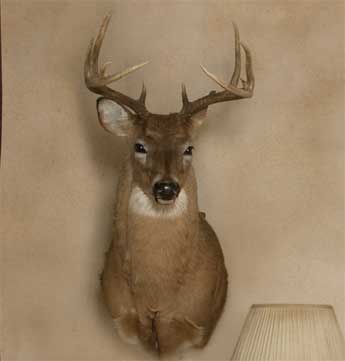
Look to the eastern or south-central regions of Kansas as a serious contender, thanks to the habitat and strong genetics found there. 7. Kentucky
The western part of the Bluegrass State is where hunters have shot 18 typicals scoring 175 or better in the last three seasons. 8. missouri
One of two new hot zones garnering increased attention is found in north-central Missouri, where rolling farmland feeds big deer. 9. Ohio
South-central Ohio is another new hot spot, where 6 of the top 15 typicals in 2004 were taken, including the biggest of the year at 201 1⁄8 inches. 10. Manitoba
along with eastern british columbia, manitoba is a long shot, but remote land and huge deer make it a contender. Outdoor Life Online Editor
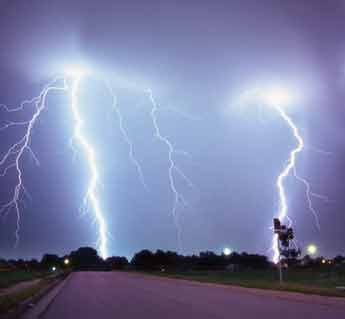

1 in 5,000
_source: usa today Outdoor Life Online Editor

1 in 88,000
source: life: the odds, by gregory baer Outdoor Life Online Editor
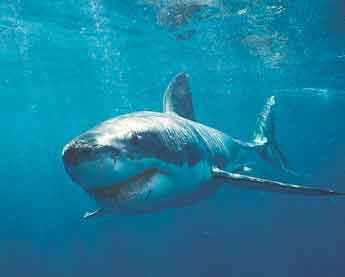
1 in 10 million
source: international shark attack file Outdoor Life Online Editor

Led by the famed Pike County, the state boasts 107 bucks taken since 2000 that scored 170 or more, with 5 of them breaking the 190 mark. 2. Wisconsin
Superior genetics and abundant cropland have made Wisconsin home to 13 of the top 50 counties for B&C; typicals since 2000. 3. Iowa
With access protected by a strict draw system and relatively short seasons, Iowa is home to 7 of the top 50 counties for typicals. 4. Saskatchewan
Home of the current world-record typical, many believe the vast land and abundant food make the province ripe for another. 5. Alberta
Though Alberta doesn't receive the fanfare Saskatchewan gets, its deer have the same strong genetics and terrain in which to grow. Outdoor Life Online Editor

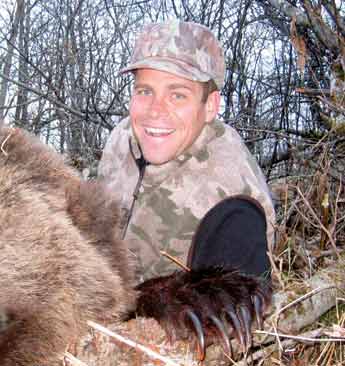
The record could come from Saskatchewan again, but my new secret spot is eastern British Columbia, on the Alberta border. Last year one of our outfitters there took 12 hunters out. Ten of them killed bucks, four of which made the B&C; book; another one missed it by 2 inches. Outdoor Life Online Editor
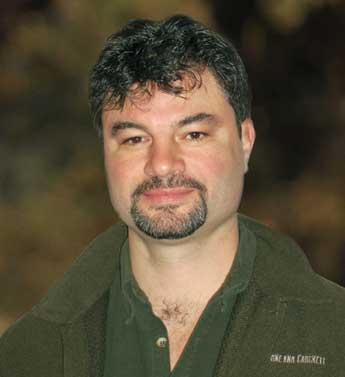
I like Kansas, a state with strong typical genetics and so many private croplands, bottoms and woodlots. Low access means a lot of bucks grow old. Iowa and Illinois are still tops, but there are more non-typical genetics there. Wisconsin, Minnesota and Michigan are all powerhouses. Outdoor Life Online Editor

It would be hard to bet against any of the midwestern states, from Kansas to southern Minnesota and Wisconsin down into Iowa and Illinois and over into Ohio. all of those states have the genetics, food sources and tremendous soil to produce the next record. Outdoor Life Online Editor
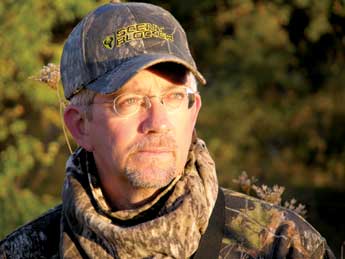
If I had to pick one state, it would certainly be Illinois. It could happen there literally any day. There are a lot of big bottomlands across the state with fertile soils and thick cover. The deer have great genetics as well. I'd bet the monster would come out of one of those habitats. Outdoor Life Online Editor

In Canada, I'd pick Saskatchewan, Alberta or western Manitoba, in that order. In the lower 48, I'd say Iowa, Illinois or Kansas. There's a chance a 214-inch buck could be raised inside an enclosure. If someone kept it mum and passed it off as a wild deer, it could make a big splash. Outdoor Life Online Editor
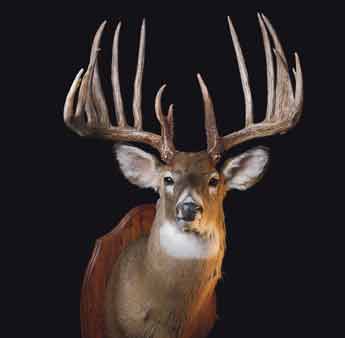

Is the new world record walking around in your backyard? Umm…probably not. But our experts have a good idea where he might be found.
